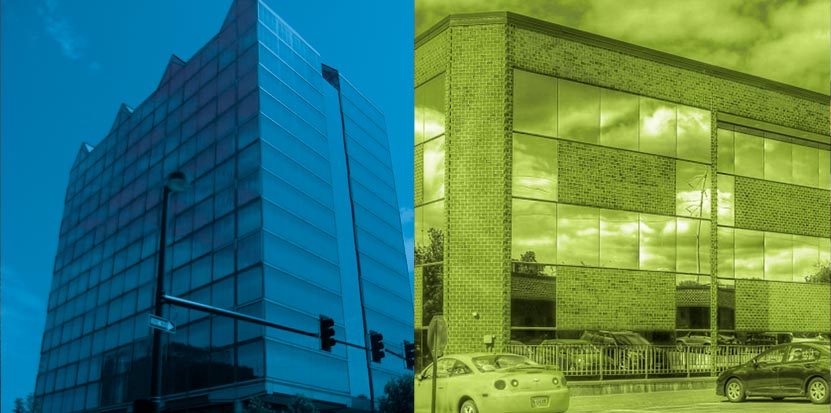By Ember Grummons, CCIM
2018 was another healthy and active year for investment property transactions in Omaha. Excluding multifamily and hotels, notable transactions include the sale of Shadow Lake Towne Center for $69 million, the North Park Buildings 7 and 8 for $22.4 million, the Embassy Plaza office building at 91st and West Dodge Road for $13 million and the 3D Self Storage facility at 208th and Cumberland Drive for $11.6 million.
Capitalization rates vary by product type. Industrial property continues to see lower capitalization rates and high investor demand with limited supply of quality product. The same would be true of self-storage facilities, which have seen increasing demand from investors, again with limited supply available for purchase. Demand for retail property is mixed. Properties with tenants seen as internet resistant continue to have strong pricing and demand. Properties dominated by tenants seen as vulnerable to online shopping have seen demand fall and pricing decrease. Shadow Lake Towne Center is an excellent example of this. The property traded for over $100 million in 2008, and sold 10 years later for $69 million, which was approximately $9 million below the loan balance.
Interest in and pricing for multi-tenant office buildings continues to increase. A good example would be the sale of North Park Buildings 7 and 8 (closed June 15, 2018) as compared to the sale of the neighboring North Park Buildings 4 and 5 just 16 months earlier. The four buildings are essentially adjacent to one another with similar occupancy, rent rolls and physical conditions. The buildings are as nearly identical as anything I have seen in my career, yet Buildings 7 and 8 traded for a capitalization rate of almost 200 basis points lower than Buildings 4 and 5 and at a price per square foot that was 22 percent higher, in spite of a 50 basis point increase in US Treasuries during the same time frame. The 10-year Treasury rose approximately 50 basis points during the period between the two transactions, making the comparison between the two sales even more dramatic.
I believe the improved pricing is due to a combination of factors: increased buyer demand for multi-tenant office, improving fundamentals in North Park and the dramatic increase in the costs of new construction, which makes the cost per square foot of existing property look attractive in comparison.
The benchmark 10-year Treasury rate is up approximately 65 basis points in 2018 as of the date of this writing. While capitalization rates vary within individual product types, they have not risen as much as the 10-year Treasury. This is because the spread between the 10-year Treasury and capitalization rates has been historically high. Investor demand has allowed capitalization rates to remain roughly stable in spite of rising interest rates. While the 10-year Treasury rate has risen significantly from its low of 2016 (1.5 percent compared to the current 3.2 percent), it is still historically low compared to rates in the range of 4.5 percent to 5 percent prior to the correction of 2008.
With the Federal Reserve raising short-term rates and ending its quantitative easing program, there is concern in the industry that interest rates will continue to rise, which should in turn cause capitalization rates to rise and investment property values to fall. I recently read an interesting analysis of long-term interest rates in the U.S., U.K. and Germany going back to 1961. The analysis showed the steady decline in interest rates since the mid-1980s has had more to do with demographic factors than government action. The key driver was individuals between the ages of 40 and 54 saving for retirement. Their share of the world population tracks long-term interest rates far more closely than any actions of the Federal Reserve or other central banks. The report’s conclusion was that interest rates will not rise nearly as much as projected over the next 10 years, and the interest rate levels and capitalization rates many consider artificially low may continue for far longer than many anticipate. If true, this means capitalization rates may stay at or near current levels for some time.

